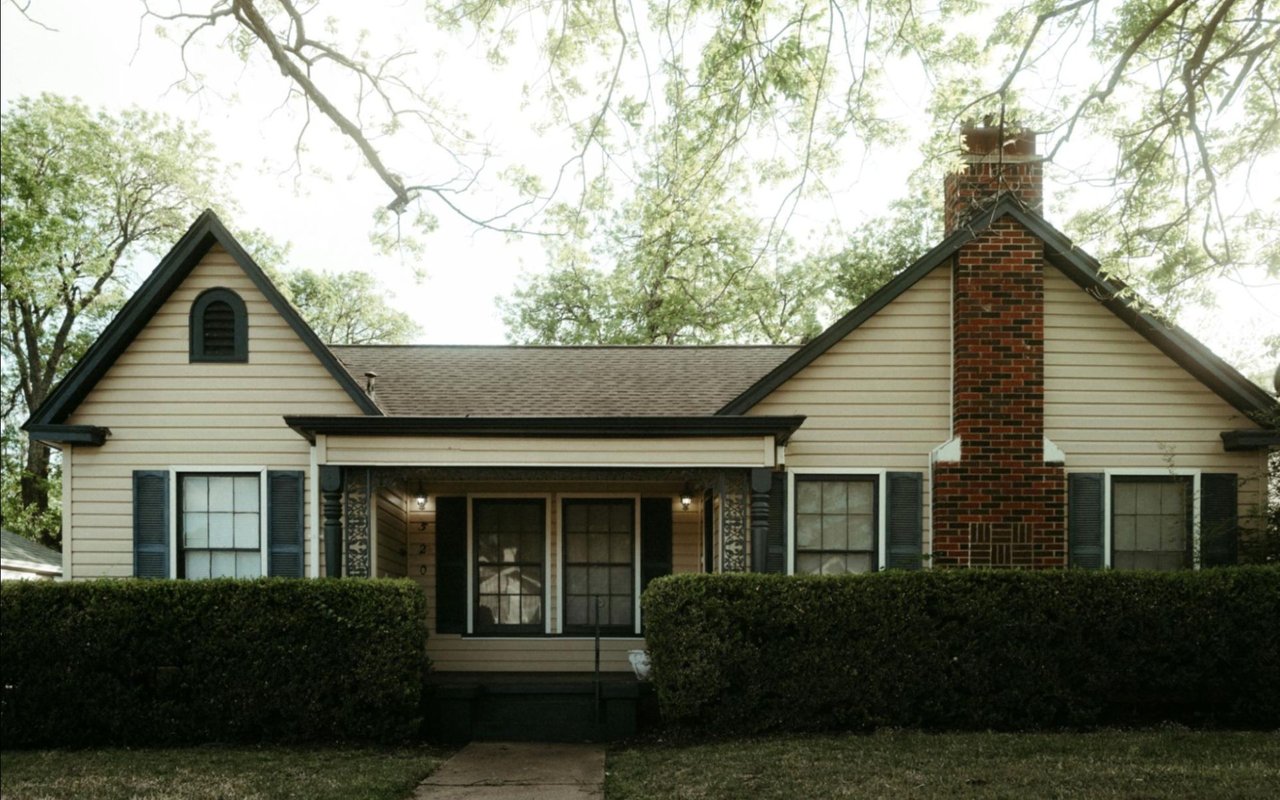Austin’s heat, drought cycles, and clay-heavy soils put your foundation under stress. You feel it every summer when the ground shrinks, in every storm when water pools near your foundation, and every time a crack shows up where there wasn’t one last season. If you want to protect your home’s value, prevent costly structural repairs, and avoid doors sticking every August, you need a simple, manageable plan that keeps moisture consistent, drainage controlled, and movement minimal.
This guide will walk you through exactly how to do that. You will learn maintenance tips that make a difference, how to set up drainage and irrigation that works with Austin’s weather, and when to bring in a structural engineer or foundation specialist.
Understand Austin’s Soils And How They Stress Your Foundation
Much of the Austin area sits on expansive clay. When clay dries, it contracts. When it gets saturated, it swells. That expansion and contraction lifts, settles, and twists your slab or pier-and-beam structure. You cannot change the soil, but you can control how quickly and how dramatically it changes the moisture content around your home. Consistency is the goal.
Because seasonal extremes are normal here, you should expect the ground to try to move. Your job is to reduce the swings. That is why so many local professionals recommend steady irrigation around the perimeter, clean gutters, and grading that moves stormwater away efficiently. When you manage water correctly, your foundation experiences smaller moisture swings, which means fewer cracks, fewer sticky doors, and fewer headaches.
Because seasonal extremes are normal here, you should expect the ground to try to move. Your job is to reduce the swings. That is why so many local professionals recommend steady irrigation around the perimeter, clean gutters, and grading that moves stormwater away efficiently. When you manage water correctly, your foundation experiences smaller moisture swings, which means fewer cracks, fewer sticky doors, and fewer headaches.
Build Daily And Weekly Moisture Habits
The most critical mistake Austin homeowners make is letting the perimeter soil go bone dry for weeks and then drowning it with a heavy soak. That approach amplifies movement. Instead, use a drip line or soaker hose placed 12 to 18 inches from the slab to maintain gentle, even moisture. Run it long enough to dampen the top few inches of soil, then stop. In drought periods, you may run it several times per week, always respecting local watering restrictions.
Check hose placement and performance weekly. Look for washouts, broken emitters, or pooling near corners. If you see standing water, shorten your run times or improve the grading. If you see soil separating from the foundation, increase frequency slightly. This rhythm keeps the clay stable, which keeps your foundation in place.
Check hose placement and performance weekly. Look for washouts, broken emitters, or pooling near corners. If you see standing water, shorten your run times or improve the grading. If you see soil separating from the foundation, increase frequency slightly. This rhythm keeps the clay stable, which keeps your foundation in place.
Dial In Drainage And Grading
Foundations fail faster when water lingers at the slab. So, start at the roofline. Gutters should be clear, securely attached, and extended at least 5 to 10 feet from the house with downspout extenders or underground drains. If you see mulch washing out or puddles forming after a storm, you have a downspout or grade problem that needs fixing immediately.
Next, confirm that the soil slopes away from your foundation by at least 6 inches over the first 10 feet. If it does not, regrade with clay-heavy fill that sheds water, then top with topsoil or mulch for landscaping.
French drains, swales, and area drains help in yards that receive concentrated runoff from neighboring lots or uphill slopes. The key is fast evacuation. Water should never sit against your slab or piers.
Next, confirm that the soil slopes away from your foundation by at least 6 inches over the first 10 feet. If it does not, regrade with clay-heavy fill that sheds water, then top with topsoil or mulch for landscaping.
French drains, swales, and area drains help in yards that receive concentrated runoff from neighboring lots or uphill slopes. The key is fast evacuation. Water should never sit against your slab or piers.
Manage Trees, Landscaping, And Irrigation Near The Slab
Large trees near a foundation can extract enormous amounts of water from the soil during hot months. That localized drying creates differential settlement, which translates into cracks and uneven floors. If you love your trees, plan proactively. Consider root barriers installed by a qualified contractor to limit root encroachment toward the foundation. Balance irrigation so that the soil on all sides of the house receives similar moisture.
Avoid deep watering right at the edge of the slab. Instead, keep the perimeter consistently damp, then water trees more deeply farther out to encourage roots away from the home. Mulch beds help moderate soil temperature and evaporation, which smooths out moisture swings. Just keep mulch a few inches below the top of the slab to avoid creating a bridge for termites or trapping moisture against the siding.
Avoid deep watering right at the edge of the slab. Instead, keep the perimeter consistently damp, then water trees more deeply farther out to encourage roots away from the home. Mulch beds help moderate soil temperature and evaporation, which smooths out moisture swings. Just keep mulch a few inches below the top of the slab to avoid creating a bridge for termites or trapping moisture against the siding.
Create A Seasonal Checklist For Austin’s Climate
At the start of every summer, test and set your perimeter soaker hoses, verify irrigation schedules, and inspect for new hairline cracks inside and outside. As temperatures rise, pay attention to door frames, window operation, and drywall seams. Sticking often shows up before visible cracking does.
After the first fall storm, walk the property during and immediately after the rain. Watch where water flows, where it pools, and how quickly it disappears. Clean the gutters, reattach loose downspouts, and touch up the grading if you see erosion channels forming. In winter, make sure that the soil stays slightly moist around the slab during dry spells. Even if plants are dormant, your foundation still needs consistent moisture.
After the first fall storm, walk the property during and immediately after the rain. Watch where water flows, where it pools, and how quickly it disappears. Clean the gutters, reattach loose downspouts, and touch up the grading if you see erosion channels forming. In winter, make sure that the soil stays slightly moist around the slab during dry spells. Even if plants are dormant, your foundation still needs consistent moisture.
Spot Early Warning Signs
Small, stair-step cracks in brick mortar, gaps between trim and walls, floors that feel uneven, and doors that will not latch smoothly are early indicators of movement. Keep a simple log with dates, locations, and crack widths. That history helps a professional diagnose any issues.
Inside, look for diagonal cracks above doorways, separation at crown molding, or baseboards separating from floors. Outside, check for visible slab edges lifting or sinking, rotating porch columns, or expansion joints that open and close seasonally more than a hair. If you see rapid changes or if a crack suddenly widens, schedule a structural engineer to evaluate the structure.
Inside, look for diagonal cracks above doorways, separation at crown molding, or baseboards separating from floors. Outside, check for visible slab edges lifting or sinking, rotating porch columns, or expansion joints that open and close seasonally more than a hair. If you see rapid changes or if a crack suddenly widens, schedule a structural engineer to evaluate the structure.
Calling A Professional
You can handle consistent watering, gutter cleaning, downspout extensions, light regrading, and routine crack monitoring on your own. Those tasks, done correctly, can often prevent the majority of avoidable foundation problems.
However, bring in a professional if you see significant differential settlement, doors or windows that stop operating correctly, wide or growing cracks, sloping floors you can feel, or repeated seasonal issues that do not respond to moisture control. A licensed structural engineer can provide an unbiased assessment and a stamped report. If repairs are needed, seek multiple bids, compare pier types and depths, and ask about soil testing and load calculations.
However, bring in a professional if you see significant differential settlement, doors or windows that stop operating correctly, wide or growing cracks, sloping floors you can feel, or repeated seasonal issues that do not respond to moisture control. A licensed structural engineer can provide an unbiased assessment and a stamped report. If repairs are needed, seek multiple bids, compare pier types and depths, and ask about soil testing and load calculations.
Consistency Beats Crisis Every Time
The truth is, your foundation will always be vulnerable to moisture swings, droughts, and heavy storms. The good news is that you can control most of the risk with steady watering, smart drainage, seasonal inspections, and timely professional input. You will protect your foundation, your budget, and your peace of mind.
For expert insight as you buy a home in Austin, let Noa Levy guide you through the process. Reach out today to get started.
For expert insight as you buy a home in Austin, let Noa Levy guide you through the process. Reach out today to get started.




